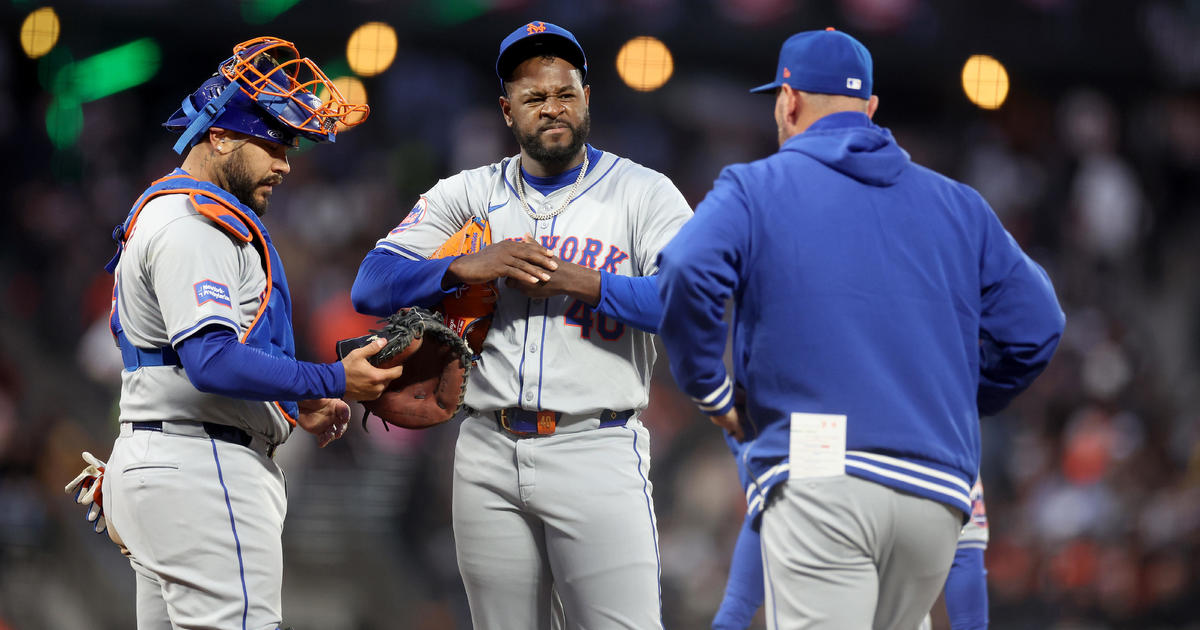Sims: Explaining The Significance Of Kevin Durant's Wounded Knee
By Abby Sims
» More Columns
Golden State's Kevin Durant reportedly suffered a hyperextended knee less than a minute into Tuesday night's contest against the Washington Wizards and exited the court shortly thereafter.
An MRI is scheduled. The injury occurred when Wizards center Marcin Gortat made contact with the Warriors' Zaza Pachulia, who then stumbled and landed on teammate Durant's left leg.
Though the MRI may not reveal any significant injury beyond a mild sprain, there is a range of diagnoses possible in this situation.
What is the significance of a hyperextended knee?
Ligaments, which attach bone to bone, provide stability by restraining excessive movement in our joints. When a joint goes beyond its normal range of motion, the integrity of certain ligaments becomes compromised, resulting in a sprain. In the case of the knee, forceful or traumatic hyperextension into a bowed position stresses the anterior cruciate ligament (ACL), which is the primary stabilizer of the joint, and may also impact other secondary stabilizers.
The worst-case scenario for Durant would have been a Grade 3 sprain, otherwise known as an ACL tear. A Grade 3 sprain is actually a complete rupture. The best-case scenario would be a Grade 1 sprain, with only mild tweaking of the ligament.
When the knee hyperextends, the tibia (the larger bone in the lower leg) glides forward excessively on the femur (the thigh bone) at the knee joint. This abnormal movement, whether caused by trauma or a non-contact situation, can also result in a bone bruise, or contusion. As with a sprain, the extent of the contusion would be proportional to the degree of hyperextension that occurred and whether trauma played a role. Another factor is the athlete's baseline, or normal, range of motion.
A prior history of ligament sprain that results in persistent joint laxity predisposes an athlete to excessive joint mobility. This may set the stage for a non-contact injury. Many people, particularly ballet dancers and gymnasts, have hypermobile knees, enabling extension beyond a level plane and into a hyperextended position. This expanded range of motion is their "normal." For a hyperextension injury to occur in these populations, the tibia would have to glide that much further forward, still stressing its restraints.
It is important for an athlete or dancer to have exceptional muscle strength, particularly in those muscles surrounding a less-than-stable joint. It is also vital that strength is optimized at the end-ranges of motion. The hamstrings become particularly vital in the case of the knee, for in their role as knee flexors. In addition to bending the knee, the hamstrings also act to extend the hip. However, as knee flexors they provide a degree of dynamic restraint to limit hyperextension of the joint.
Abby Sims is a licensed physical therapist with vast experience evaluating and treating orthopedic, sports and dance injuries. Follow her on Twitter @abcsims



